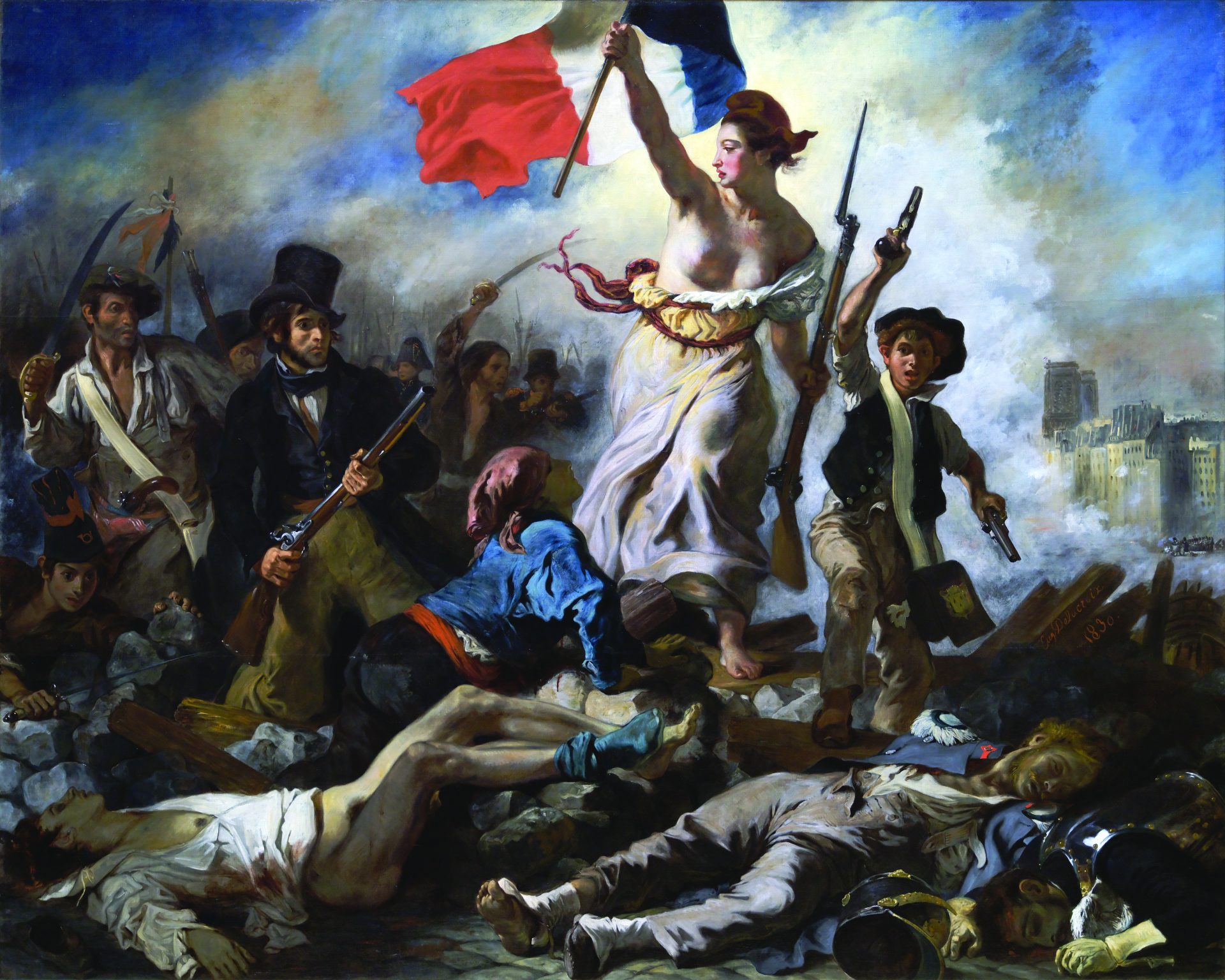
When Gerald Ford’s secretary of defense, James Schlesinger, opined that “Spengler was an optimist,” the world finally had the obiter dictum to sum up the trenchant doomism at the heart of the cold-warrior mentality—and the coldest of the cold warriors were at the rand Corporation, where Schlesinger had worked before ascending to the secretariat. In fact, his quip would serve well as rand’s motto.
Although rand has arguably been the most influential nongovernmental policy organization in American history, until Alex Abella’s Soldiers of Reason there was no comprehensive history of its inner workings, presumably because rand preferred it that way.
However, Abella was granted unprecedented access to the rand archives—save the top-secret material, of which one imagines there is bales. Having granted access, one staffer added that “agreeing to this book was either the brightest or the dumbest move rand had ever made.” How it could be the brightest move is hard to figure, but how it could be the dumbest is unfathomable. After all, these are the people who helped bring us, among other things, the cold war, the arms race, the Vietnam War, the neutron bomb, Operation Rolling Thunder, Reaganomics, the S&L crisis, our health-care system, the mujahideen, the Iraq war, and, most famously, the sunny, sanguine ethos that shone on America’s postwar years: mutually assured destruction.
Even as Eisenhower warned in his farewell address against the “military-industrial complex,” what would become its most assertive avatar was gestating in the bowels of his administration (a mixed metaphor, but intentionally so). The precise combination of defense contractors, government officials, and academics that Ike regarded as so pernicious was taking shape at rand, then the in-house think tank of the US Air Force.
With the advent of nuclear warfare, the air force suddenly became a cogent force at the Pentagon. It was made into its own corps and, as such, began the endless lobbying for an ever-larger piece of the defense budget. rand, with its advocacy of nuclear arms, which at the time were delivered exclusively by bomber, provided continual justification for funding increases.
Through rand archival letters and memos, as well as numerous interviews, Abella goes a long way toward fleshing out which influentials passed through the rand offices, which, like the University of Chicago, became a site of genuflection for the devout, touring the neocon stations of the cross.
The two most definitive figures in the heyday of rand, when the theories and practices that would define the organization were being devised, were Albert Wohlstetter and Herman Kahn. Wohlstetter, slim and almost reserved, and Kahn, rotund and voluble, were the apocalyptic Abbott and Costello, dueling geniuses of nuclear absurdism.
In one of the many logical cul-de-sacs that rand spawned, Kahn’s and Wohlstetter’s arguments purport to be contra mutually assured destruction. The idea is for our side not to be destroyed, which is to say that what is being advocated is a thermonuclear engagement in which we have the capacity to sustain an attack and survive—survive, that is, intact enough to launch a retaliatory salvo, the all-important, all-devastating “second strike.” However, if one supposes the other side has the same in mind, this amounts to annihilation all around.
Deterrence theory can seem like a feedback loop, as Abella points out. “Wohlstetter’s was a self-fulfilling prophecy,” he writes. “Whether proffered sincerely or not, his pessimistic worldview helped to create a world in which the worst was always possible.” It’s tempting to view the problem as deterministic, to say that once started, the arms race was unavoidable, unstoppable—and this is certainly the way the minds at rand saw it. However, it’s simply not true. In 1961, as Eisenhower handed over the presidency, the Soviet Union had only four nuclear bombs. There were once only two in the world, and we used them. The arms race was enabled by decisions and positions at every turn.
To wit: “In 1982, Secretary of Defense Caspar Weinberger issued a ‘Defense Guidance’ paper stating that the official strategy was for the United States to augment its second-strike capabilities so that it could ‘prevail and be able to force the Soviet Union to seek earliest termination of hostilities on terms favorable to the United States.’” As Abella grimly notes, this is “the same argument for winning nuclear wars that rand’s William Kaufmann made to Robert McNamara in 1961.”
We are now in a new and perhaps more frightening nuclear age. And while the number of countries in the nuclear club isn’t forty, as rand predicted in the early ’80s, there are enough—not to mention the possibility of extranational groups with nuclear capabilities. India and Pakistan stare across Kashmir in the same zero-sum predicament that bound the cold-war superpowers. It’s possible that if a nuclear strike were made against the United States, it would be unclear to which country we should return the favor. Second-strike capability is not as much fun when you don’t know whom to obliterate.
Martin Amis once wrote, “I argue with my father about nuclear weapons. In this debate, we are all arguing with our fathers. They emplaced or maintained the status quo. They got it hugely wrong. They failed to see the nature of what they were dealing with—the nature of the weapons—and now they are trapped in the new reality, trapped in the great mistake. Perhaps there will be no hope until they are gone.” The problem is that they are very much not gone. In fact, many of them still hold sway. Paul Wolfowitz, Henry Kissinger, Condoleezza Rice, Richard Perle, Donald Rumsfeld, and Scooter Libby have all done time at rand. It turns out that maybe Spengler was an optimist, for we are still making the great mistake.
Brian Thomas Gallagher is a Brooklyn, NY–based writer.






